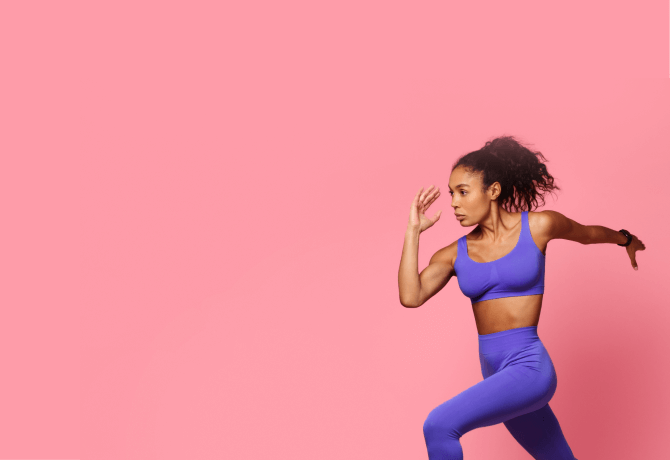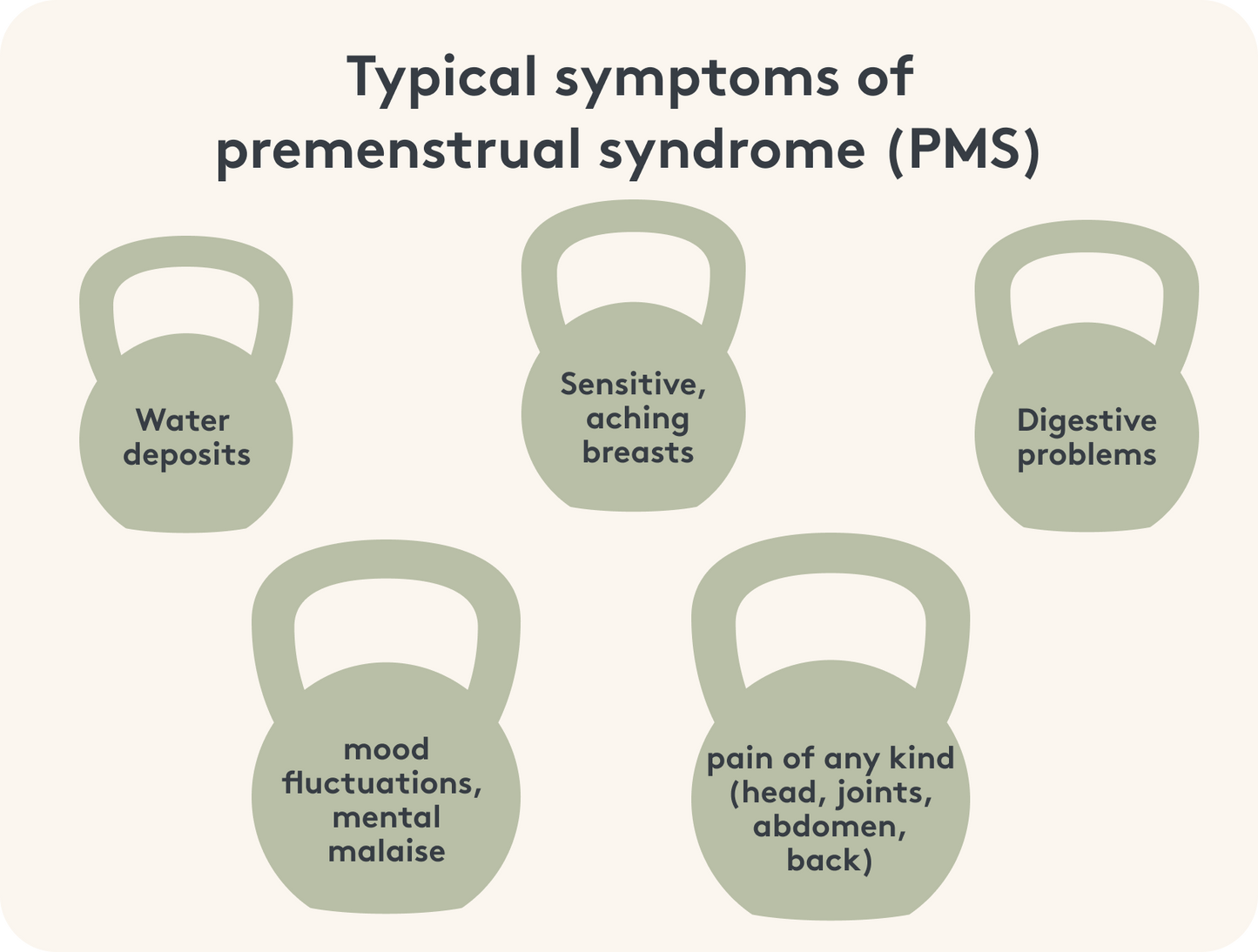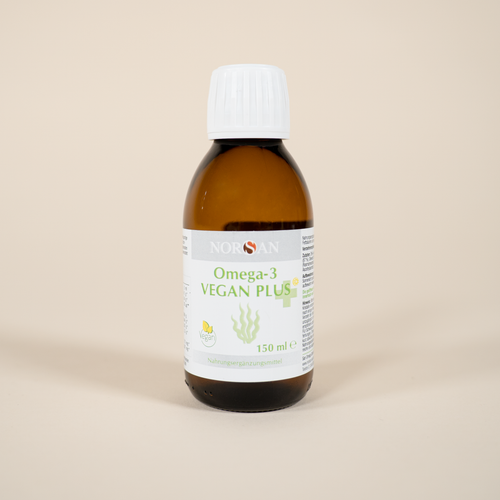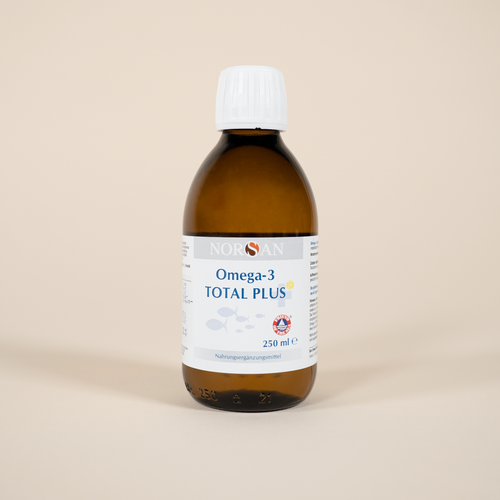The history of menstruation - explained without misunderstandings
To understand how training and cycle phases are connected, let's first look at the most important facts about a woman's menstrual cycle.
Duration: The cycle begins on the first day of the period and ends on the last day before the next menstruation. The duration is individual and varies between 21 and 35 days.
Procedure: At the beginning of a cycle, the uterine lining that has previously built up is shed and bleeding begins. At the same time, the next egg matures. Around halfway through the cycle, ovulation marks the start of the fertile phase. From now on there are two possibilities:
- The egg is fertilized and implants in the uterus.
- If fertilization does not occur, your menstruation begins with a delay.
Hormones: Various hormones are involved in the female cycle, above all progesterone and oestrogen. In the first half of the cycle, the rising oestrogen level in the blood ensures that the lining of the uterus is rebuilt after bleeding and the egg can mature in the ovary. In the second half of the cycle, oestrogen decreases with ovulation and progesterone increases. The mucous membrane continues to build up so that implantation or the next menstrual period is possible.









